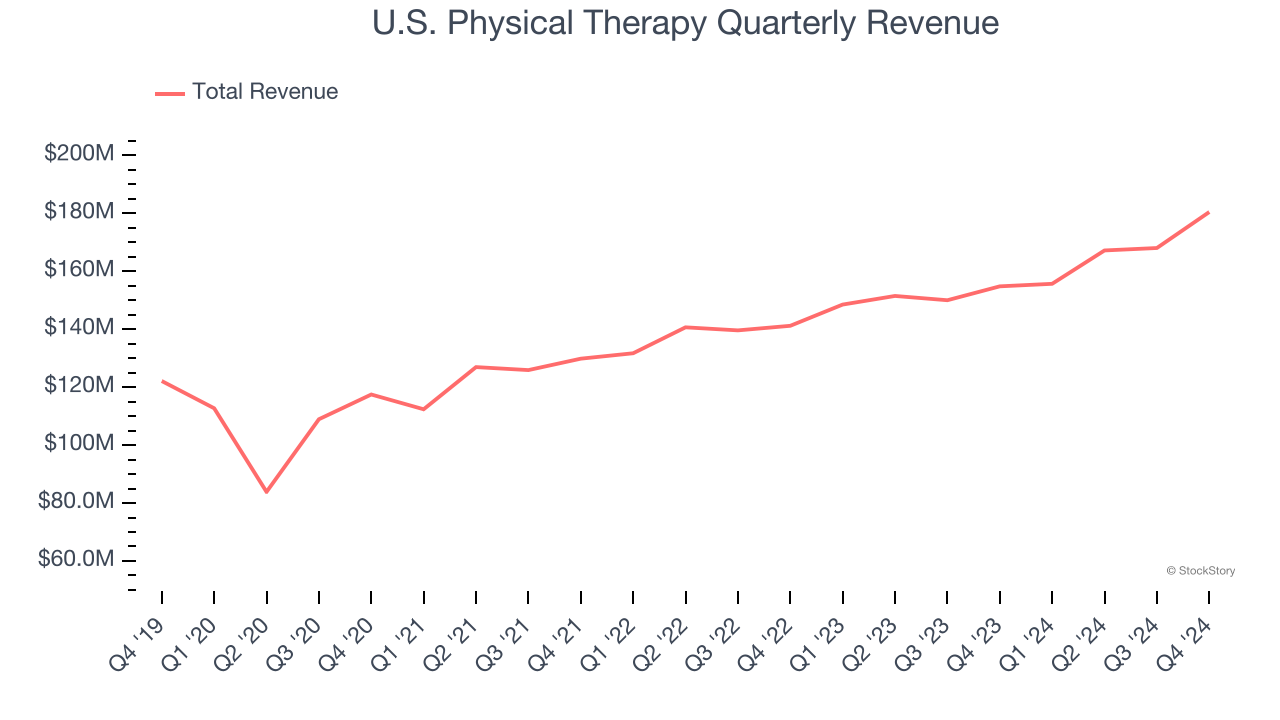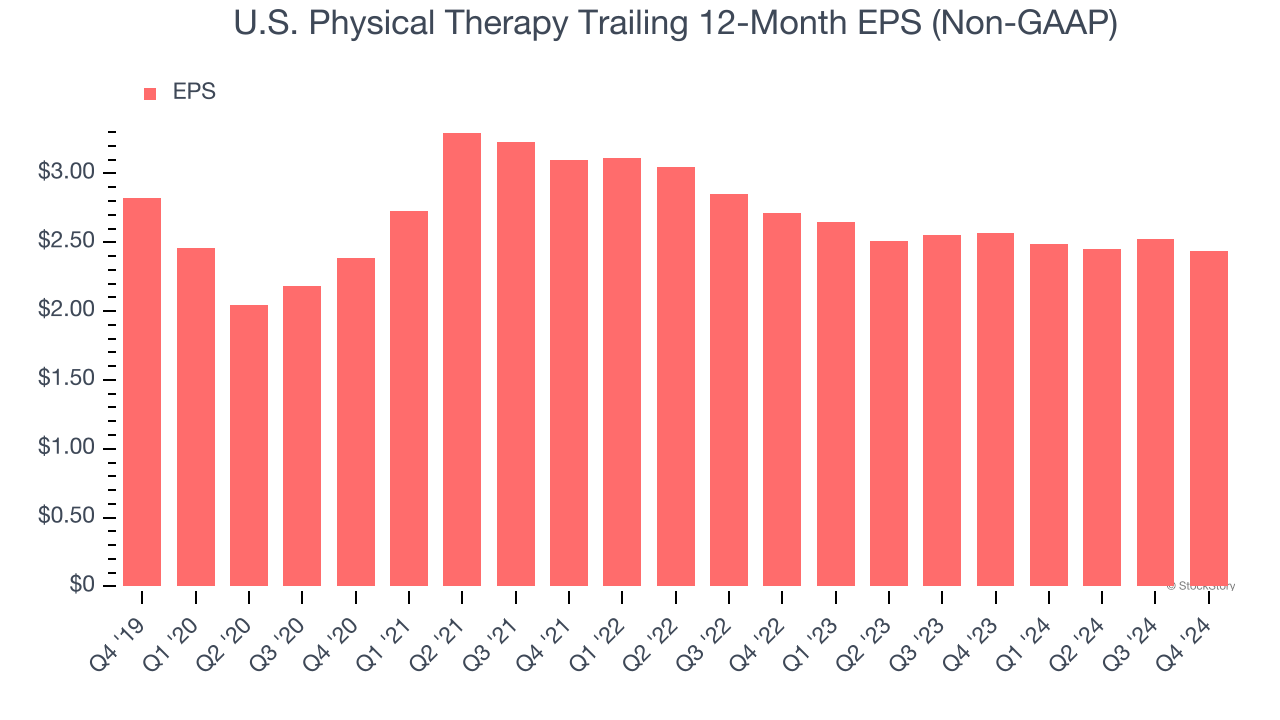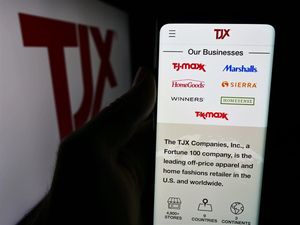
Although the S&P 500 is down 6.9% over the past six months, U.S. Physical Therapy’s stock price has fallen further to $70.65, losing shareholders 14.1% of their capital. This might have investors contemplating their next move.
Is there a buying opportunity in U.S. Physical Therapy, or does it present a risk to your portfolio? Get the full stock story straight from our expert analysts, it’s free.
Even with the cheaper entry price, we don't have much confidence in U.S. Physical Therapy. Here are three reasons why there are better opportunities than USPH and a stock we'd rather own.
Why Is U.S. Physical Therapy Not Exciting?
With a nationwide footprint spanning 671 clinics across 42 states, U.S. Physical Therapy (NYSE: USPH) operates a network of outpatient physical therapy clinics and provides industrial injury prevention services to employers across the United States.
1. Long-Term Revenue Growth Disappoints
A company’s long-term sales performance can indicate its overall quality. Any business can have short-term success, but a top-tier one grows for years. Over the last five years, U.S. Physical Therapy grew its sales at a mediocre 6.9% compounded annual growth rate. This fell short of our benchmark for the healthcare sector. 
2. Fewer Distribution Channels Limit its Ceiling
Larger companies benefit from economies of scale, where fixed costs like infrastructure, technology, and administration are spread over a higher volume of goods or services, reducing the cost per unit. Scale can also lead to bargaining power with suppliers, greater brand recognition, and more investment firepower. A virtuous cycle can ensue if a scaled company plays its cards right.
With just $671.3 million in revenue over the past 12 months, U.S. Physical Therapy is a small company in an industry where scale matters. This makes it difficult to build trust with customers because healthcare is heavily regulated, complex, and resource-intensive.
3. EPS Trending Down
Analyzing the long-term change in earnings per share (EPS) shows whether a company's incremental sales were profitable – for example, revenue could be inflated through excessive spending on advertising and promotions.
Sadly for U.S. Physical Therapy, its EPS declined by 2.9% annually over the last five years while its revenue grew by 6.9%. This tells us the company became less profitable on a per-share basis as it expanded.

Final Judgment
U.S. Physical Therapy isn’t a terrible business, but it doesn’t pass our quality test. Following the recent decline, the stock trades at 25× forward price-to-earnings (or $70.65 per share). This multiple tells us a lot of good news is priced in - we think there are better stocks to buy right now. Let us point you toward the Amazon and PayPal of Latin America.
Stocks We Would Buy Instead of U.S. Physical Therapy
Donald Trump’s victory in the 2024 U.S. Presidential Election sent major indices to all-time highs, but stocks have retraced as investors debate the health of the economy and the potential impact of tariffs.
While this leaves much uncertainty around 2025, a few companies are poised for long-term gains regardless of the political or macroeconomic climate, like our Top 6 Stocks for this week. This is a curated list of our High Quality stocks that have generated a market-beating return of 175% over the last five years.
Stocks that made our list in 2019 include now familiar names such as Nvidia (+2,183% between December 2019 and December 2024) as well as under-the-radar businesses like Comfort Systems (+751% five-year return). Find your next big winner with StockStory today for free.






